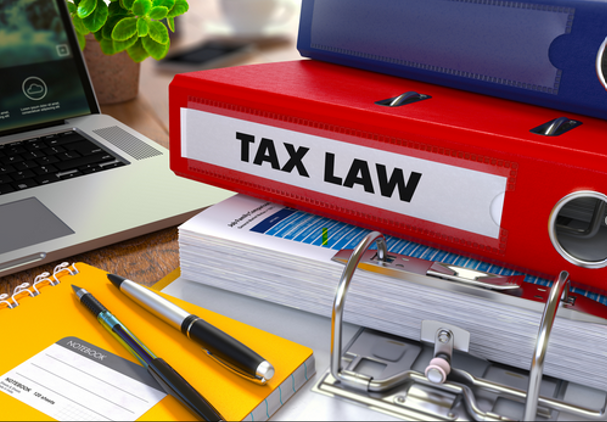Employees don’t always take the task of filling out their W-4 forms seriously. They may write “exempt” on the withholding portion of the form, or even claim a false high number of withholding allowances to ensure that no federal or state tax is withheld.
When Employees Ask Your Advice
The W-4 form itself offers some guidance. Here are some questions to help the employee determine if he or she can legitimately claim to be exempt from withholding:
|
Invalid W-4s According to the IRS, a W-4 form is invalid if any unauthorized addition or change is made to it, or if the employee indicates in any way that the information on the form is false.
So what is your responsibility if you are given an invalid W-4? Don’t use it. Instead, tell the employee that the form is invalid, and instruct him or her to fill out a new one. If a new, valid form is not received, withhold taxes at the highest rate (as if the employee is single and has no withholding allowances). Or, if you have an earlier W-4 form that is valid, you can withhold according to that form. |
1. Did the employee have a tax liability in the previous year? If the employee received a refund of all federal income tax paid (or had a right to a refund), he or she may be able to claim exempt, depending on the answer to the next question.
2. Does the employee expect to have a tax liability this year? To determine the answer, ask these questions:
a. Can the employee be claimed on someone else’s income tax return this year (such as a parent)?
b. Will the employee’s income exceed $1,000 and include more than $350 in unearned income (such as interest or dividends)? If the answers to both a and b are yes, the employee may have a tax liability for the year, and cannot claim to be exempt from withholding.
In order to legitimately claim to be exempt, the employee must be able to state that he or she had no tax liability last year, and does not expect to have a tax liability this year.
Important: An “exempt” W-4 is only valid for one year and expires in February of the following year. If your payroll includes employees who claim to be exempt, require them to fill out new W-4 forms annually.
Questionable W-4s
The IRS classifies “questionable” W-4 forms as those which claim more than 10 withholding allowances, or claim to be exempt from withholding when the individual’s taxable wages would normally exceed $200 per week. Several years ago, when employees submitted questionable W-4s, employers were required to submit the forms to the IRS for possible review by the agency.
At one time (before April of 2005), there was an automatic requirement to send these forms to the IRS. W-4 forms are still subject to review by the IRS. Current procedure: Based on other available information, the IRS may determine that an employee has authorized inadequate withholding and may request the employer send the questionable W-4. If an employee is found to have a serious under-withholding problem, the IRS will instruct the employer to withhold at a more appropriate rate.

